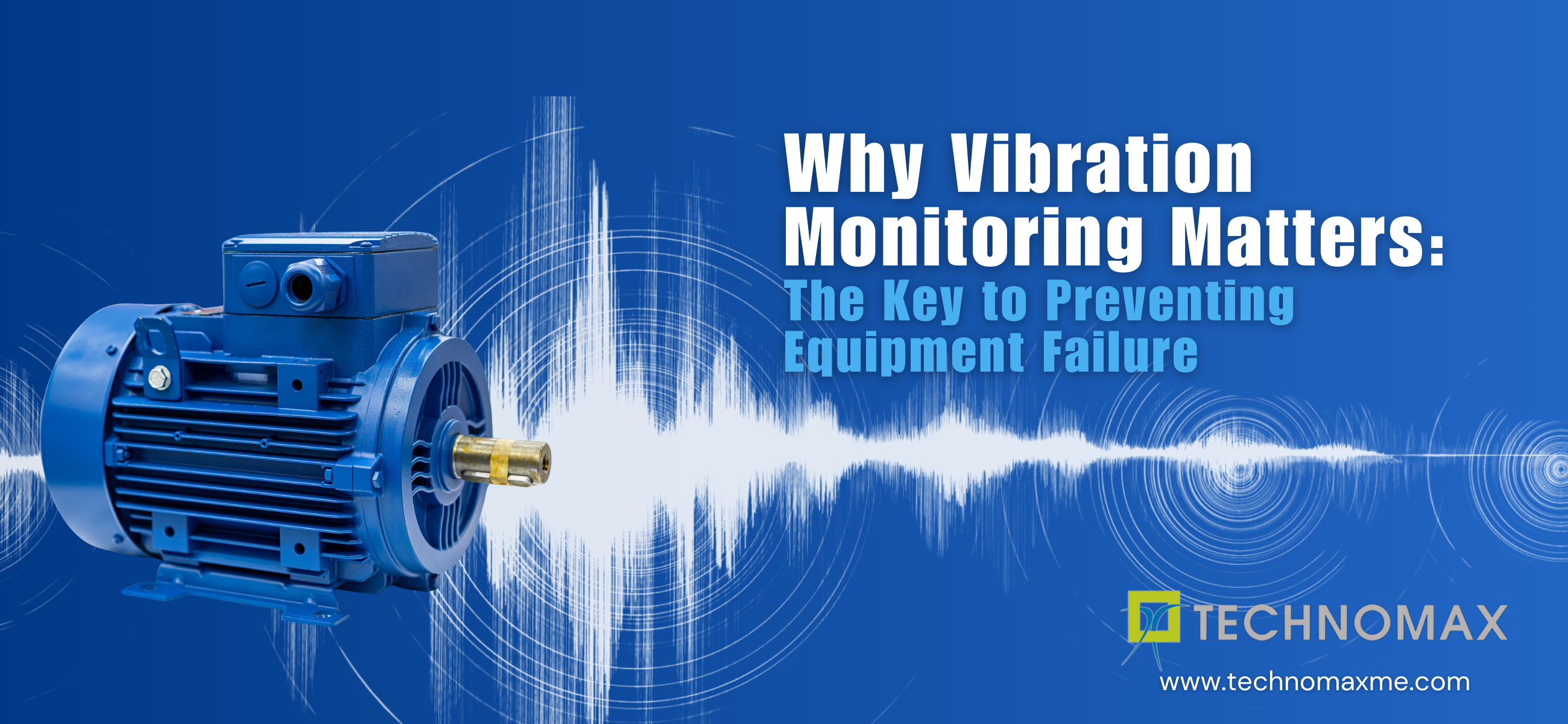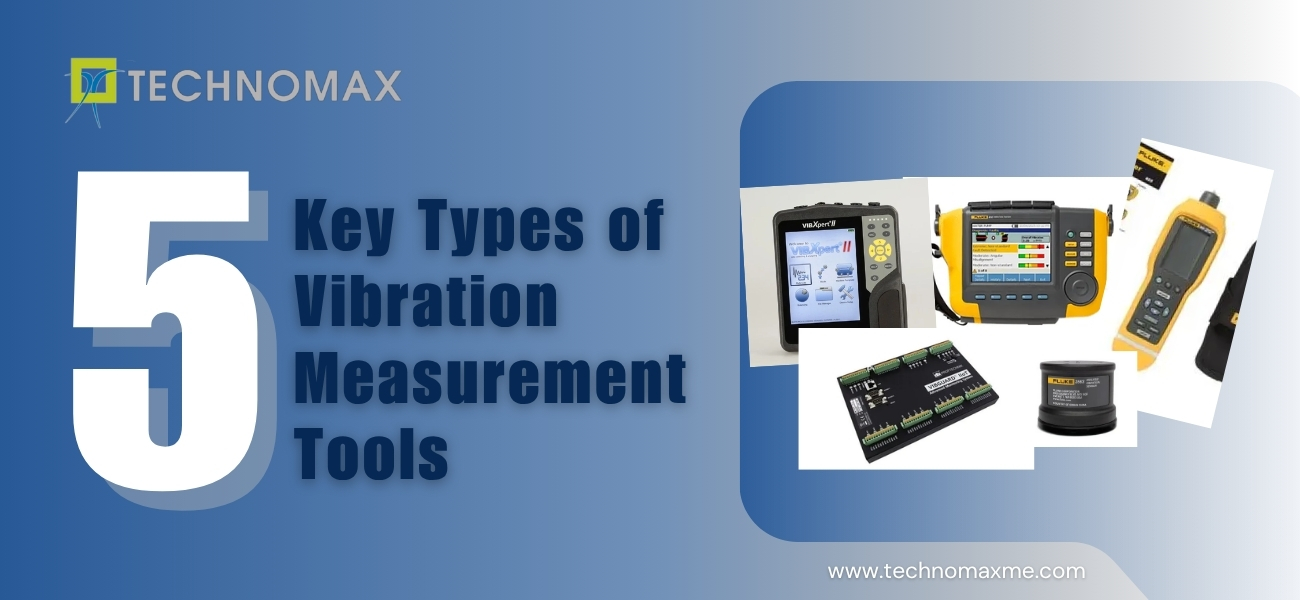
To protect both workers and the facility, lifting equipment must be in good working order before being placed into operation. Any aspect of equipment inspection cannot be ignored when it comes to safety. The checking of equipment before it is used in operations is part of the equipment inspection and maintenance process.
Crane Load testing is a critical tool for ensuring the safety of overhead hoists and cranes. It is described as "the process of applying a demand to a software system or computing device and measuring its response." It's commonly used to figure out how a device can behave under normal and peak load conditions.
What are some of the reasons why people have Crane Load Testing completed?
- Crane Load testing is not an option; it is a requirement. Regular inspections of rigging and lifting equipment are required by provincial labour laws and the resulting Health and Safety Acts.
- Load monitoring shows functional errors that only occur when the crane or hoist is stressed, reducing the frequency and severity of accidents involving overhead cranes and hoists.
- It's also crucial to figure out where a piece of lifting equipment's output bottlenecks and breaking points are.
- The Occupational Safety and Health Administration (OSHA) has also developed load testing guidelines to ensure that it is performed as part of routine maintenance.
OSHA has defined the following standards:
- Management should assign both a designated operator and a trained individual with technical expertise, qualifications, and experience with overhead cranes and hoists.
- All new and updated cranes must be checked before use to ensure that the following functions are operational: hoisting, lowering, trolley movement, bridge travel, limit switches and locking, and safety devices.
- Tests with an empty hook moving at increasing speeds to the maximum rate shall be used to evaluate the trip setting of hoist-limit devices.
- The actuating mechanism of the upper-limit device shall be located to trip the machine under all conditions and insufficient time to prevent the hook or load block with any trolley or crane part.
Unless the manufacturer specifies otherwise, the test loads in a Rated Load Test cannot be less than 100 percent or more than 125 percent of the rated load power. These reports should be kept in a file such that assigned staff can easily access them. Inspection and load testing schedules are dictated by the equipment, frequency of usage, and environmental conditions. Regular or heavy use in an abnormal or nonstandard setting is referred to as extreme duty load monitoring.
The company's bottom line needs to prevent costly injuries and penalties. All performance and safety decisions have financial implications, and load testing is no exception.
When to conduct Crane load testing?
Military bases are frequently among those with their crane load testing procedures, independent of OSHA, LOLER, or anyone else's requirements. They complement their expertise by performing acoustic pollution checks and routine wire rope or part inspections. They don't want to produce a sheet of paper to meet the requirements; they want to learn everything they can about the crane.
While it's still a long way off, load testing may eventually lead to a point where the majority of crane owners are aware of their cranes' remaining helpful lifecycle.
Crane Load testing fails
Load tests aren't always created equal. Crane companies and end-users must carefully choose their testing partners. We advocate for only using load testing professionals; it's a specialized field. While this isn't always the case, be wary of, say, a mobile crane company that expands its service offering by driving around to test sites with solid weights.
A load test must be carried out in a safe environment. It must remain secure if the crane fails. There have been reports of companies conducting load tests while performing their regular lifting duties. This is a colossal blunder. Similarly, many of us in the industry have experienced crane load tests in which the operator has boomed out to manipulate the necessary test load. Wrong once more.
Water Weights were developed in response to the problems commonly associated with solid testing weights, as mentioned at the outset. Also, for more significant ventures, it usually arrives onsite with a single truck of equipment. Simultaneously, equivalent capability in solid weights will require several vehicles to get the package to the customer's front door.
Additional technical difficulties include gaining access to the crane and then rigging all below the hook. Few people consider the risk that the floor space underneath a crane (inside or out) would not handle the weight of concrete testing equipment. Consider the visual impact of 100 tonnes of steel or concrete. Water-based weights are rigged to the crane underneath a load cell and progressively filled with water.
The structure and properties of materials are linked to other issues. If concrete weights have absorbed rainwater, for example, they are heavier. Consider how this could affect a test. Meanwhile, with steel, there's a temptation to weld things together, which adds weight that wasn't planned for.
Water Weights comprehends the behavior of water bags and liquid, even though salt and freshwater are considered. It also investigates the elements and the atmosphere. That isn't a selling point, but it does serve as a benchmark for the degree of experience expected in all load-testing scenarios.
IN NEED OF CRANE LOAD TESTING SERVICES?
As a stand-alone service or in addition to our robust crane inspection services, Technomax provides high-standard crane load testing and certification. For more details or to schedule your crane load test and inspection, contact us today.
To protect both workers and the facility, lifting equipment must be in good working order before being placed into operation. Any part of the equipment inspection cannot afford to be ignored when it comes to safety. The checking of equipment before it is used in operations is part of the equipment inspection and maintenance process. Load testing service for overhead cranes is extremely crucial for ensuring the safety of overhead hoists and cranes.
It is described as "the process of applying a demand to a software system or computing device and measuring its response." It's widely used to find out how a device can behave under normal and peak load conditions. Understanding why load testing is critical may assist managers in optimising and maximising the benefits of testing procedures. That is why load testing service for overhead cranes is a necessity.
OSHA’s standards on load testing
The Occupational Safety and Health Administration (OSHA) has standards and rules for crane load monitoring as part of routine crane maintenance. For overhead crane inspection and load testing, various levels of qualification are required. Crane management should nominate a designated person who is capable of performing crane operator duties. When it comes to overhead cranes and hoists, a skilled person should have technical expertise, qualifications, and experience. Crane inspection and load testing times are determined by the state of the overhead crane, its frequency of use, and the application context. The overhead crane will need continuous attention if exposed to extreme temperatures or environments regularly.
Inspection and load testing types
According to OSHA, the crane hooks, hoist chains, wire ropes, and other working parts should be visually tested and inspected daily by the overhead crane operator. A designated individual should conduct the regular inspection and operation of the overhead crane.
- At least once a fifth, a trained person with technical expertise, training, and experience should perform extreme service load testing. The word "extreme service load testing" refers to routine or heavy usage in a unique or nonstandard environment, which assesses the overhead crane's capacity to work in adverse weather, extremely high or low temperatures, or exposure to corrosive fumes dust, or other pollutants.
- Heavy operation load monitoring should be done at least once every six months to ensure that the overhead crane and hoist are working properly. Heavy service is described as using 80 percent to 100 percent of the rated load or performing more than ten lift cycles per hour in everyday operations. This load rating must be reflected on all load blocks. An externally accredited crane inspector should perform the annual inspections.
Procedures for load testing for overhead cranes
When it comes to loading testing overhead cranes, keep in mind that the test loads should not exceed 125 percent of the rated lifting power. Also, all load testing reports should be filed and accessible by the staff in charge.
- Pretest procedures for overhead cranes primarily concern the preparation of overhead cranes for an operation to ensure that everything is in working order and that the crane is secure and keep all load testing-related stalls aware of the testing, testing procedures, and so on.
- All new changed or upgraded overhead cranes should be inspected before being used for the first time to ensure compliance with this section, including the following functions: lifting and lowering, trolley running, bridge running, limit switches, locking, and safety devices.
- Unless the manufacturer specifies otherwise, test loads do not exceed 125 percent of the rated load. These test results should be stored in a secure position where assigned staff can easily access them.
Importance of load testing services for overhead cranes
Those in charge of industrial and manufacturing facilities must keep track of overhead crane load monitoring requirements. Load testing is critical for both safety and efficiency in a facility for a variety of reasons.
- Load testing service for overhead cranes is used to minimise incidents and injuries as a result of them. Crane operators would be unaware of developing malfunctions until it is too late not to perform load monitoring. Cranes are required to carry heavy loads regularly. The pieces that make up cranes and hoists will naturally wear out over time. OSHA-mandated load testing is intended to identify any functionality problems that may pose a threat or result in workplace accidents if not addressed and corrected.
- Load inspection has other advantages besides avoiding accidents. Load testing may provide useful insight into how crane equipment works and what possible bottlenecks can emerge during normal operations at industrial and manufacturing facilities. The load testing process will help identify which problems are causing equipment loading to take longer than it should. Furthermore, testing may reveal flaws in the performance of overhead crane equipment, which may necessitate repairs or necessitate the procurement of new equipment to resolve the problem.
- Managers will be able to incorporate improvements that improve facility productivity due to the findings made during load testing. Certain functional defects in crane equipment can only be discovered during load testing when the equipment is stressed. They can, however, be repaired to improve the efficiency and productivity of using overhead crane equipment. Over time, productivity gains can help an industrial or manufacturing operation's bottom line.
- Managers may use load testing to integrate required maintenance procedures into the schedule. You can set aside time during load testing to observe and evaluate crane operation and results. This is a good time to double-check that all routine maintenance is performed properly and thoroughly.
- Load testing service for overhead cranes may be helpful for workers. Personnel can obtain a greater understanding of crane parts and operations as a result of the processes involved. As a result, more vital operators would be able to complete tasks with crane equipment more effectively. An official load tester may be assigned to the task when it comes to more active periodic or initial checks. However, when it comes to handling routine inspections, staff should share duties to be trained on crane parts and maintenance.
- The most important thing for someone in charge of a facility that uses overhead cranes to know is the Occupational Safety and Health Administration requires that load testing for overhead cranes (OSHA). On overhead crane equipment, the Occupational Safety and Health Administration (OSHA) needs three types of inspections. New equipment must first undergo an initial inspection. Depending on the equipment’s service class in question, checks should be performed on a monthly or regular basis. Periodic inspections are another type of inspection that must be performed regularly, either regularly, semi-annually, or quarterly, depending on the service class.
Load testing is mandatory
Load testing is required. It exposes stress-related functional errors and decreases the likelihood of severe accidents involving overhead cranes and hoists. It's also crucial to understand the lifting equipment's efficiency limitations and breaking points.
How can one locate a Load Testing service for overhead cranes?
You can consult our experts at Technomax if you need help coordinating load testing service for overhead cranes and hoist equipment at your plant. We provide inspection and testing services for overhead cranes used in a wide range of industrial and manufacturing facilities at Advanced Crane Services.
Learn More About Our Services

Recent Blogs

Get Started Now!
It takes less than a minute of your time. Or you may simply call +971 2 555 1 783






